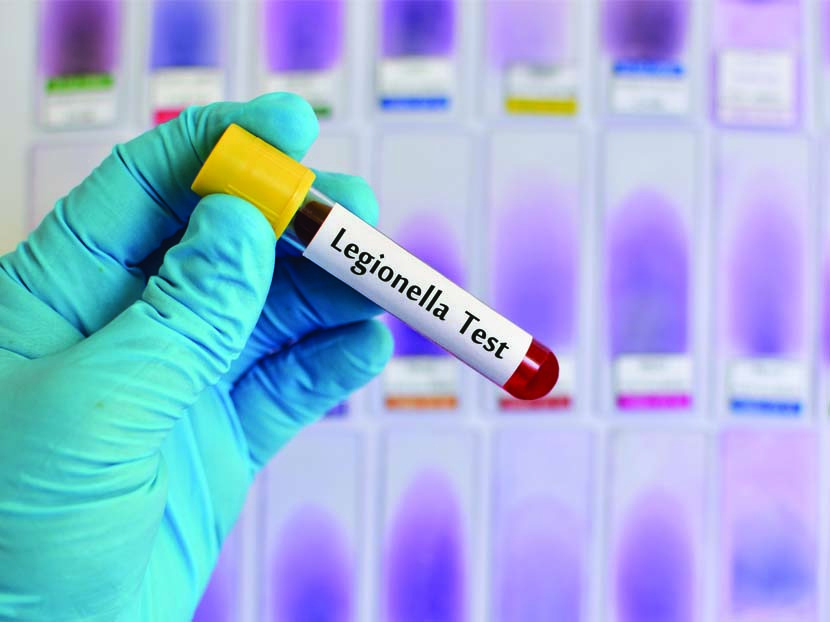Big Dog
Active Member
Just do it. The current Rheem HPWHs are great. Putting a new gas water heater in means another 8-15 years of another gas appliance, and we need to get off fossil fuels as fast as possible.
Except the OP lives in LA, and LAWP generates 62% of its electricity from fossil fuels. So swapping to HPWC helps some...




